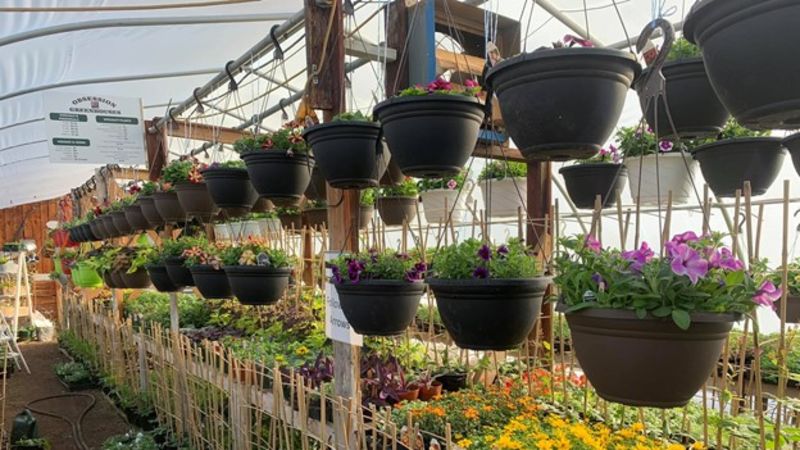
Fewer farms, older farmers highlight the Census of Agriculture
MELFORT, Sask. – Statistics Canada released the results of the 2021 Census of Agriculture.
The information shows emerging trends and issues faced by farm operators in Canada. Some of the information includes data on industry consolidation and aging of farm operators. Producers also answered questions on technology adoption, renewable energy production, use of direct marketing solutions, and sustainable farming practices.
Matt Shumsky is an analyst in the Agriculture Division at Statistics Canada.
He said from 2016 to 2021, farm operations demonstrated their resiliency and adaptiveness in a time that has been characterized by trade disputes, labor shortages because of the COVID 19 pandemic and increased frequency of extreme weather events.


